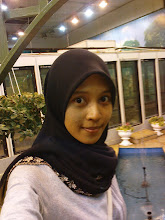Like I mentioned in previous entry, I’m going to give you some exercise based in what we have learnt throughout previous entries about Literature…
After this, we will learn about Grammar which I promise will be more fun….
What I need you to do in this entry is to click at the links provided below, and it will lead you to the exercises….
Refer back to your literature text and my previous entries because the exercises are related…
Please complete the exercises and email it to me at my email : azarina28@yahoo.com
Do not forget to attach the exercises/documents in the email….
Please do ask me if you have any inquiries about this exercise….
And please note that this exercise consist of 10% for your literature assessment….
Here are some notes and exercises for you guys. Download it (File > Download as > Word), complete it, and send it to my e-mail.
So, make sure I receive email from all of you…
Here are some notes and exercises for you guys. Download it (File > Download as > Word), complete it, and send it to my e-mail.
So, make sure I receive email from all of you…
I’ll let you know the result as soon as everyone submitted the work….
The latest submission for your exercise is 3 days from the date this entry is written…. Good luck!









